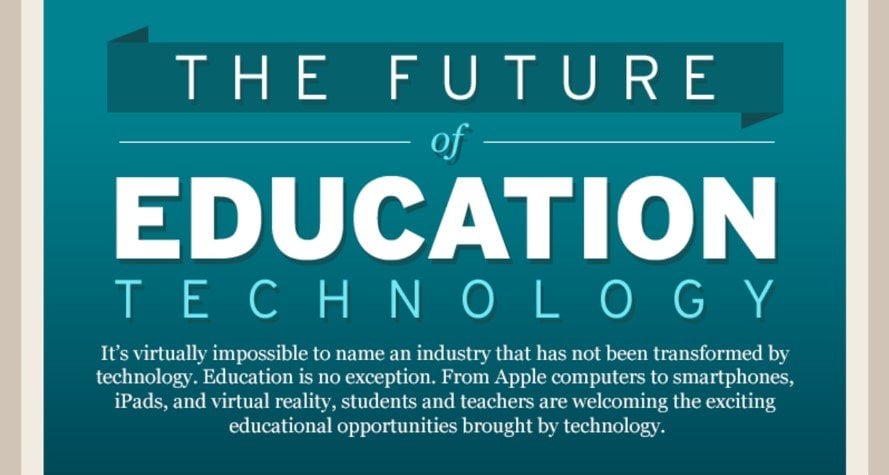With the exponential emergence of radical, innovative technologies, such as artificial intelligence (AI) and virtual reality (VR), the way that kids learn is undergoing a radical transformation. Despite this proliferation of education technology, however, the number one goal of today’s educators is to inspire students to learn.
The education technology market is currently valued at more than half a billion dollars, and analysts forecast that the market will reach $6 billion by the year 2024. Using technology, educators are sharing invaluable lessons in persistence, curiosity and passion in high-tech style.
Q3 hedge fund letters, conference, scoops etc
In June 2018, education technology investors enjoyed a record-breaking $9.5 billion in returns. This was a 30-percent spike compared to the previous year, a testament to growth in the field.
Today, countless new and innovative firms are creating effective education technology products. These groundbreaking teaching tools are essential for capturing the focus of learners in a fast-paced world where attention is a prized commodity.
While there are some problems with the nation's educational system, some are more prevalent than others. For instance, most classrooms still employ only one teacher per class. This practice is an old-school throwback from when teachers were scarce and is still prominent today.
Furthermore, standard grading practices start students out within “A,” but each time they underperform it results in a lower grade. This is highly frustrating and demotivating for students, especially those that are struggling with their lessons, and this grading system does little to prepare students for adulthood.
Scoring is different when youth play video games, as is the case for most upcoming generations. Players start with zero and earn points every time they make an accomplishment. As this relates to education technology, today's innovative gamified learning platforms may very well be the key to aligning contemporary learning with a framework that motivates and inspires young students.
Developed by the American University’s School of Education program.







